The Ethics of Adaptation: What Venice Teaches Us About Residential Heritage
by Elena Batunova
“There is a rule... that heritage must be preserved, but you also have to allow it to be used, to be lived in... if no one uses it, no one restores it, and so it ends up dying.”
-Marco Rodriguez
At first glance, writing about Venice within a project titled "The Residential Heritage of the Soviet Union in Times of Multiple Crises" might seem off the mark. What could be further from the post-Soviet urban environment than Venice—a city with a centuries-old history, a UNESCO World Heritage Site, a masterpiece everyone dreams of seeing at least once? But when I met a Venetian architect, Marco Rodriguez, and asked him about his daily work with residential buildings, I realised: Venice is not just an exception but a possible reference point for my research.
Venice rarely leaves anyone indifferent. Some fall in love with its astonishing beauty; others complain about the tourist crowds and high prices. For some people, Venice symbolises decadence, for others, it is an example of incredible resilience. I belong to the second team. Founded on islands in a marshy lagoon as a place of refuge, Venice survived through wars, floods, diseases, and political changes. Threats here promoted many innovations, such as pioneering health care measures, genius engineering systems, building techniques, and urban policy innovations. And with fewer than 50,000 inhabitants today, Venice remains a global city.
What interested me most were the everyday practices contributing to Venice's resilience: the invisible work of people who live in, repair and adapt their historic houses. Which efforts should people invest in modernising a centuries-old apartment? How do architects balance contemporary standards of comfort with strict heritage protection rules? Through which modest, everyday interventions does the extraordinary urban heritage of Venice continue to function as a lived space?
I will share five insights from our conversation that may inspire urban resilience thinking in different situations, including the former socialist landscape.
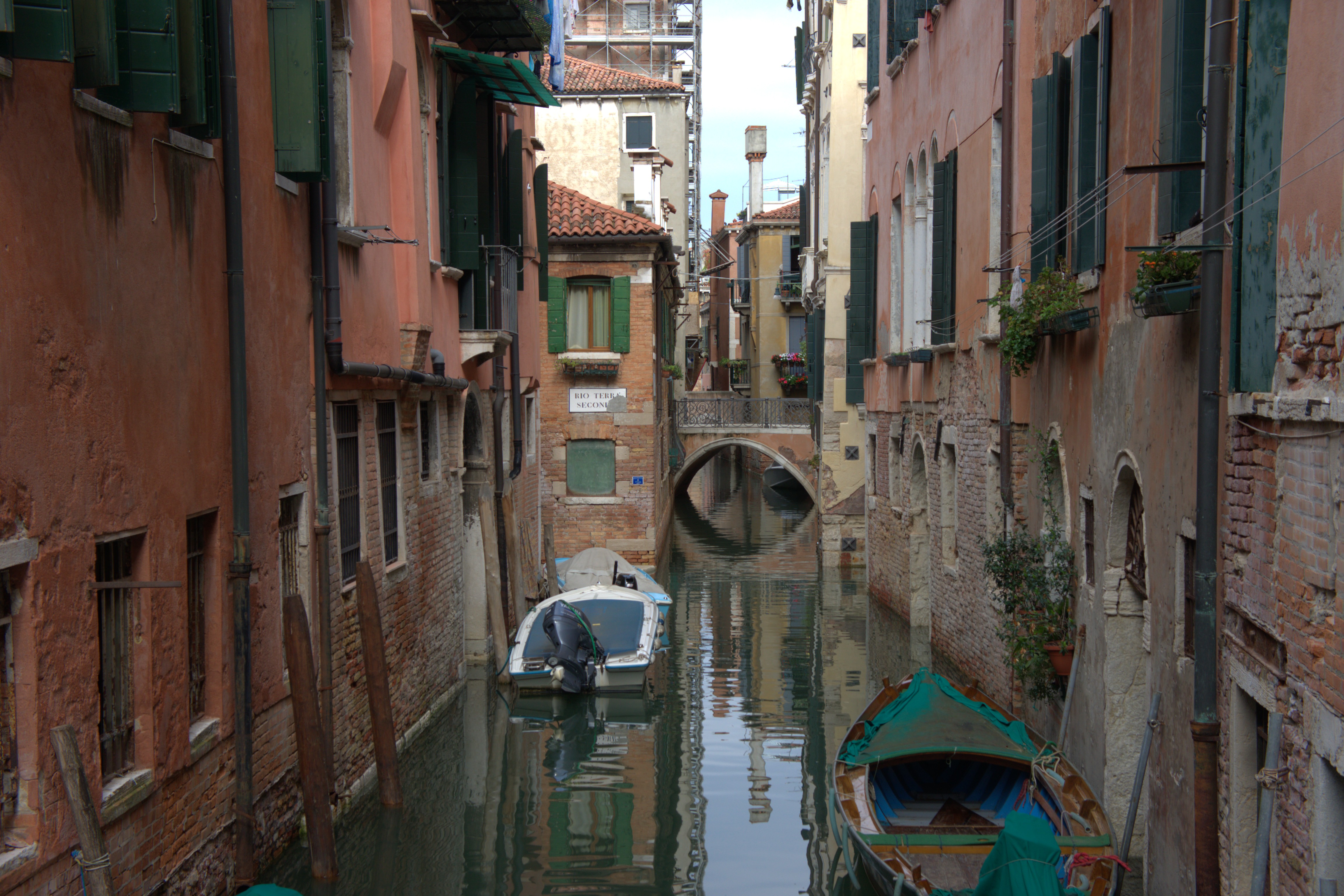
1. Heritage Should Be Used, Not Just Preserved
One of the most powerful lessons from Venice is that preservation does not mean freezing the past. It means providing all the necessary conditions for the continuous functioning of buildings. As Marco Rodriguez put it,
“Historic buildings must be used… if you don’t use them, no one will restore them, so they die.”
This approach means transformation in continuity and preservation centered on use. Residents added kitchens and bathrooms under frescoed ceilings, installed hidden heating systems in ancient interiors, and changed all layouts. This adaptation is complex, Marco explained:
“Houses before the 20th century had nothing, not even running water. People got water from cisterns, often built inside the house itself.”
Modern dwelling standards are different. Residents demand gas, high-speed internet, radiant floor heating, air conditioning, and additional bathrooms.
“Until the 1960s, an apartment might have had one bathroom. Now people want one for every bedroom.”
Working under these limits requires discussion, ingenuity, and case-by-case solutions. Reuse in Venice is not a sign of scarcity but a source of resilience. The city is a living laboratory where constraints spur innovation and care for what becomes a long-term investment in sustainability and identity.
This logic is relevant for post-Soviet cities as an invitation to reframe inherited urban environments as unfinished structures that require adaptation, care, and local knowledge. They should build on what they have, not erasing the past.
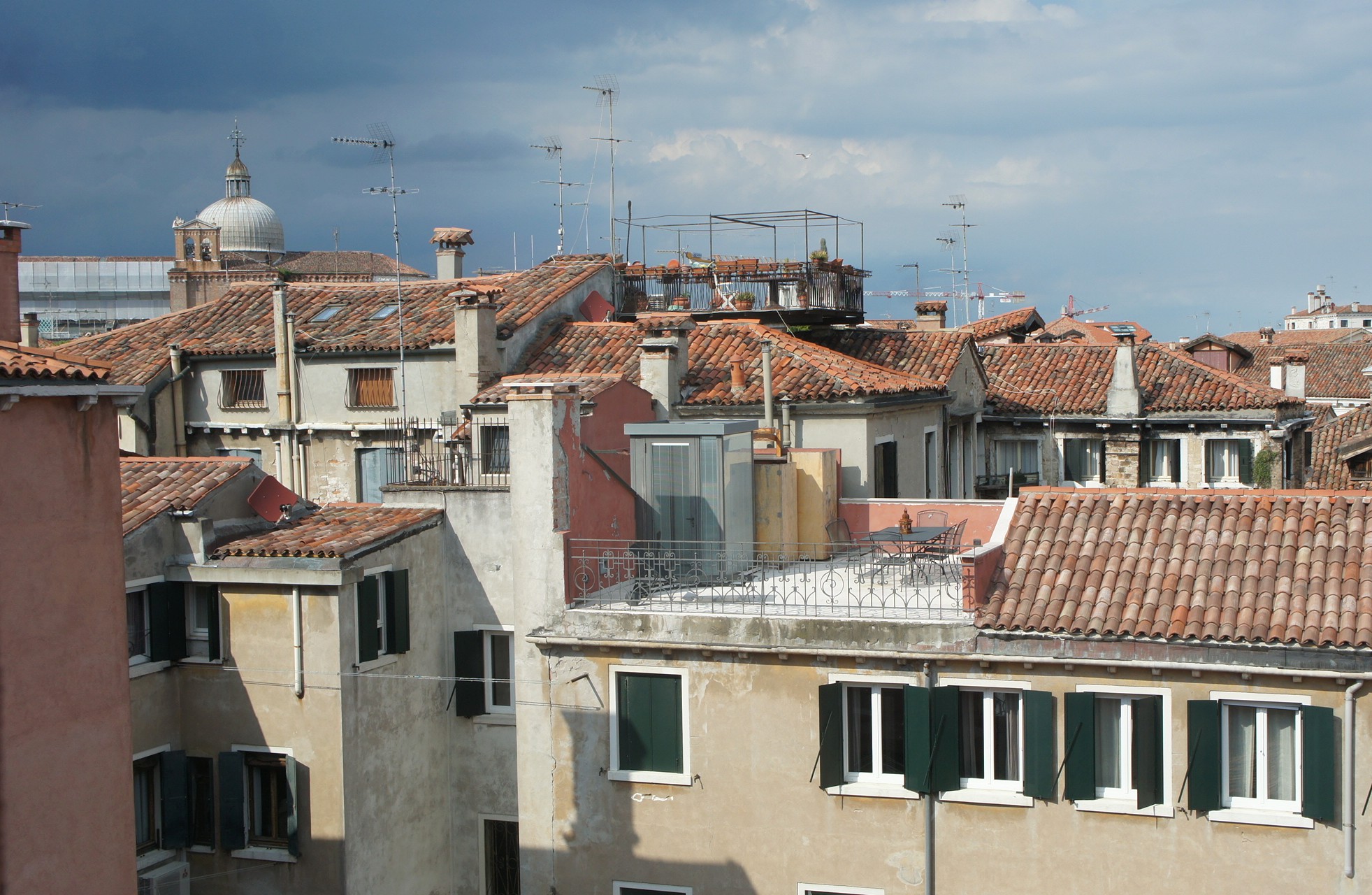
2. Working with the Environment, Not Against It
A highly urbanized place like Venice relies on a surrounding natural environment that defines its character. Venice’s built environment is integral to the lagoon. Every architectural and technical project here must consider the visual and physical impact on the landscape. Marco explains:
"In Venice, you always work on two levels. On the one hand, you must respect the historical interiors—stuccoes, frescoes, and ancient floors. On the other hand, you must be careful with the exterior, because the lagoon is a protected landscape. It's not just urban—it's also a natural environment."
Dual responsibility complicates even modest interventions and alters daily work logistics.
"Everything moves on water. If it rains, you stop—because you can't unload from the boat. That's something you'd never even think about on land," Marco says.
This dependence on natural rhythms creates a particular urban sensibility. It recognizes constraints, encourages adaptation, and views fragility as a design asset.
Former Soviet states often built housing estates without considering local ecosystems or landscapes. However, micro-districts have large green spaces that could be revalued by integrating them into their surroundings. Venice teaches how a city can work with nature.
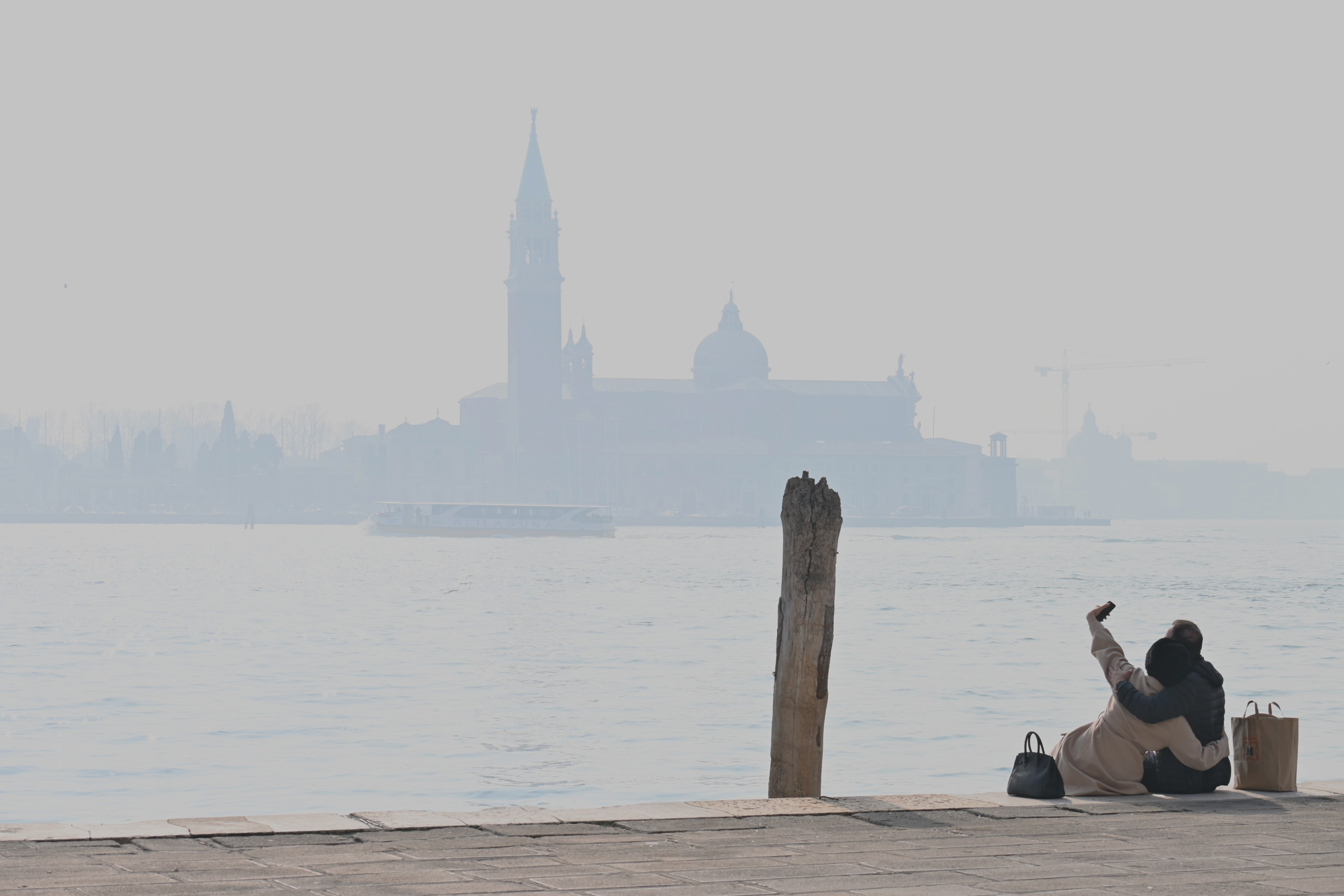
3. Quality and Maintenance: The Formula for Resilience
The longevity of Venice's centuries-old buildings stems from their meticulous construction. Marco Rodriguez believes construction quality and proper care are essential for Venetian heritage's physical resilience. Marco admires the undiscovered "minor" architecture, the simple houses of artisans, merchants, and workers that dominate much of the historic city:
"Some of these small houses, built in the 1400s or 1500s, are tight in space, but very well constructed."
Intelligent but straightforward construction and sturdy materials make them durable. Lime-based mortars allow walls to breathe, wood provides flexibility, and stuccos like marmorino have preserved façades for generations.
"Marmorino from the sixteenth century still works," Marco says.
"The way houses were connected—not rigidly, but with just enough flexibility—meant that the whole structure didn't collapse even when the ground shifted, or a wall moved. It bent. It adapted."
Time-tested resilience depends on the local climate, soil, materials, and maintenance and repair methods. Therefore, the physical components of resilience require procedural features like artisan training, case-by-case solutions, and knowledge transfer.
Soviet mass housing was designed as a short-term solution. However, it still houses millions of people and will likely do so for decades. Permanence stems from temporality, indicating the need for a care system and a shift from transitory to persistent solutions.
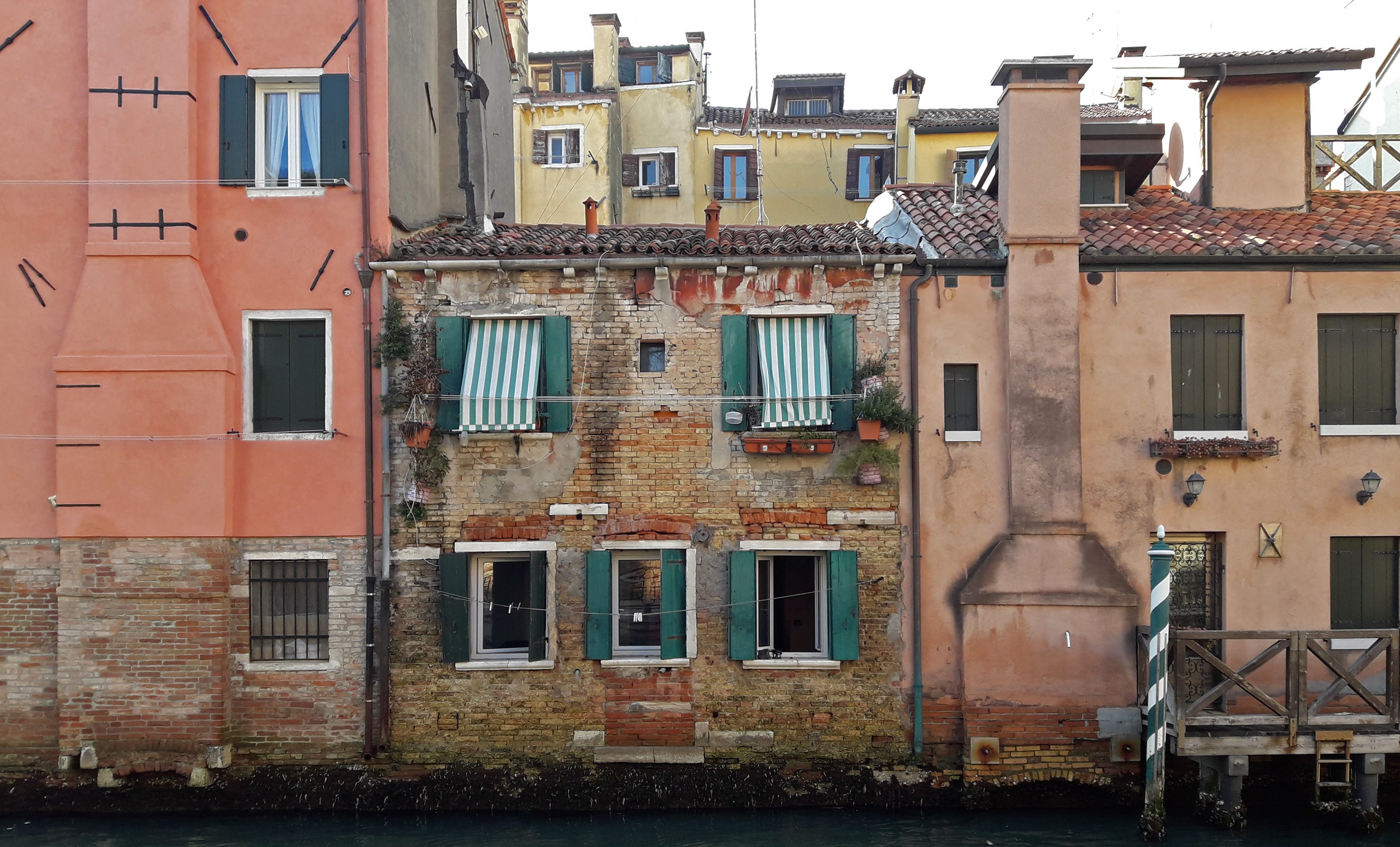
4. Rules—and the Art of Negotiation
The Venice regulatory landscape is complex. Every built environment intervention must meet UNESCO recommendations, local typological plans, Heritage Board’s and many other commissions' special standards. It saves the city's fabric from breaking apart, yet it may be too much. Marco Rodriguez says:
"The economic logic always wins—unless there are rules in place."
"Most owners—Italian or foreign—say, 'It's my house, I can do what I want.' But we must remind them: you are a custodian, not a conqueror."
However, the regulations alone are not enough. Context-based agreements occur between owners, architects, preservation officials, and the community. Marco says Venice architects must handle negotiations.
"You need to explain, convince, and adapt. Often what matters most isn't technical skill—it's your capacity to talk to people, negotiate, and find a common solution."
Thus, Venice's resilience is relational, not structural or regulatory. Those who listen, negotiate, and progress ideas without destroying the past retain it.
Lack of trust and teamwork among stakeholders in post-Soviet cities is a bigger challenge than the rules. Without social infrastructure for discussion, even the best preservation measures may fail. Venice shows that effective rules require social skills and rule-following.
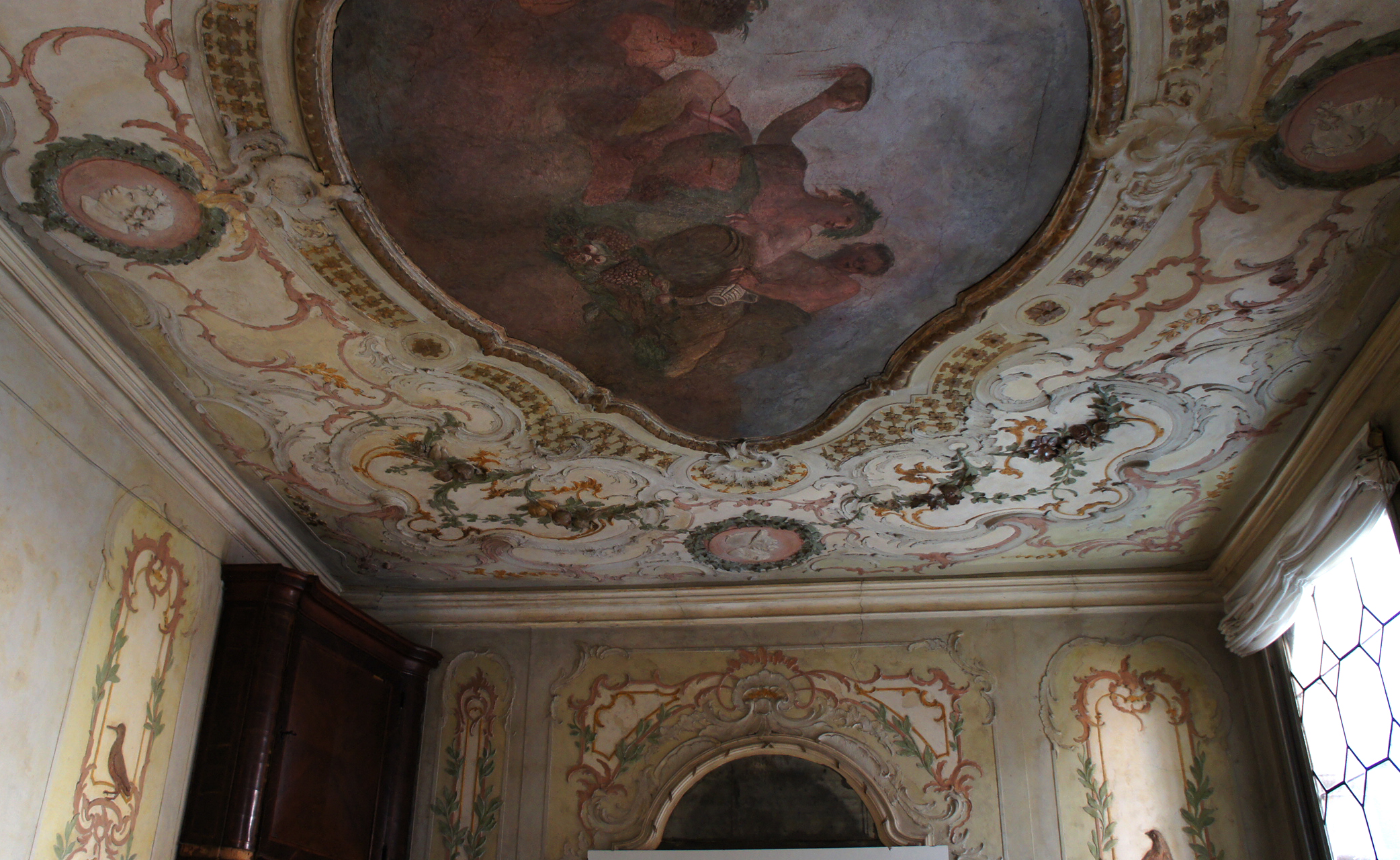
5. Reuse as a Catalyst for Innovation and Cultural Transformation
The fundamental idea of reuse in Venice impacts how people think, create, and interact with their environment and influences architectural results.
"Venice is full of historical buildings, so you necessarily work on this."
Legal, physical, and material limits drive creativity. Standard solutions rarely apply, so each project demands a unique response: rerouted pipes, hidden technical systems, subtle adaptations. The key question shifts from “How do we replace this?” to “How can we work with this?” Over time, residents and professionals become caretakers, developing local knowledge and site-specific expertise that can’t be outsourced or standardized.
"Every case is different. You must always invent something. And if you can't touch a historic floor or wall, you find another way—build a false wall, run the pipes outside. You negotiate."
Knowledge strengthens identity and enriches residential situations by increasing market value and establishing locations of memory, care, and meaning. Resilience comes from conscious, continual contact with the present.
This lesson matters for post-Soviet cities with aging uniform housing. Though materially different from Venice, the challenge is similar: making inherited places functional without erasing them. Reuse, local expertise, and embracing complexity can extend their life and shift how they are seen.
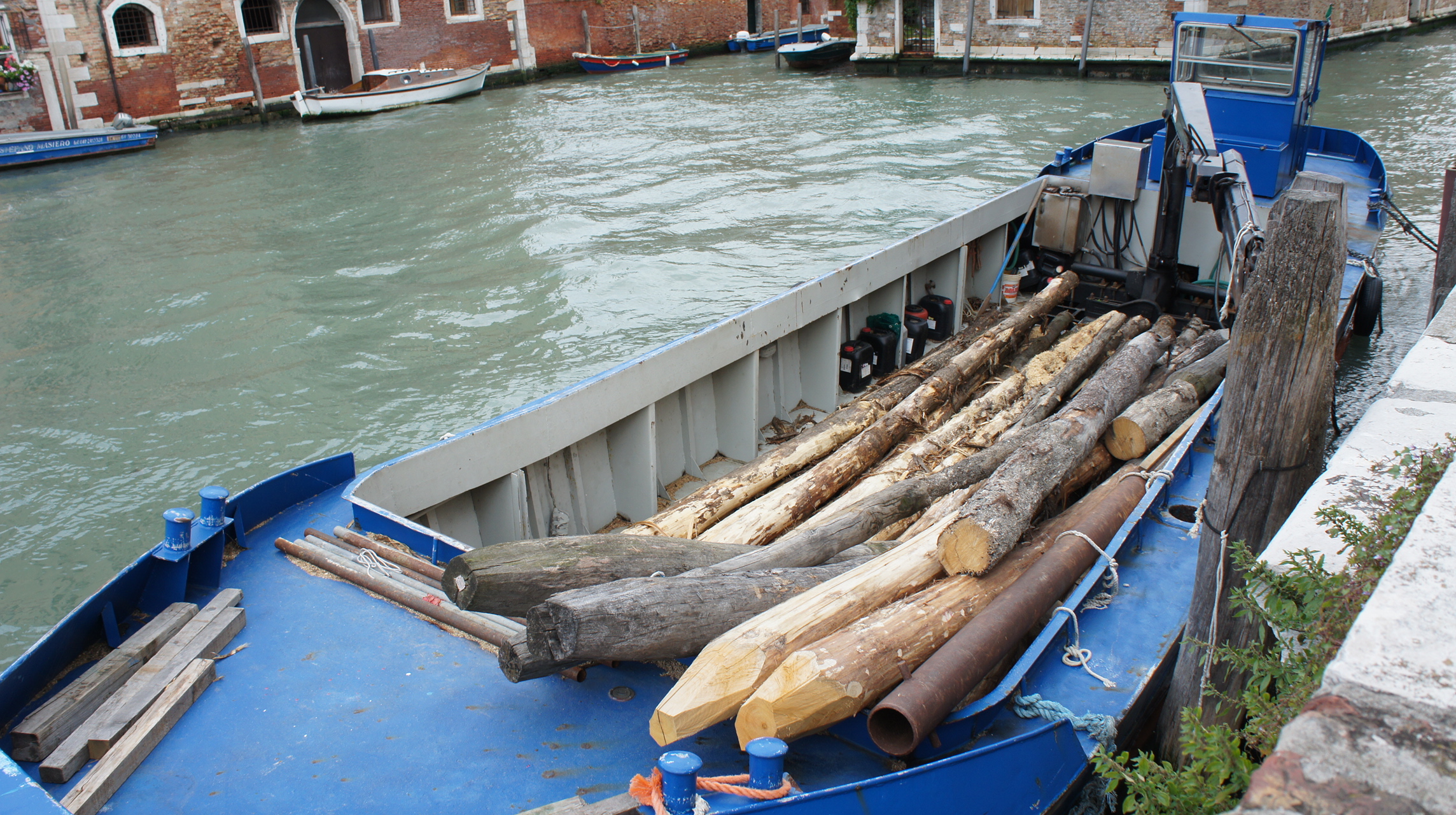
Venice is often seen as frozen in time, but it constantly adapts. Its resilience comes not only from large-scale engineering but also from its residents' smart, repeated acts of reuse, repair, and rethinking. Marco Rodriguez taught me that the evolution of Venetian housing hides quiet innovation, where resilience means practicing continuity through architecture, governance, and daily life.
These lessons matter for post-Soviet cities facing uncertain futures for their socialist-era housing. The contexts differ, but the core questions remain: How do we adapt what exists? How do we invest in care, not replacement? And how do we honour what we have inherited physically and socially?







